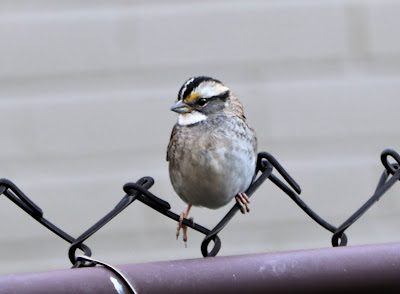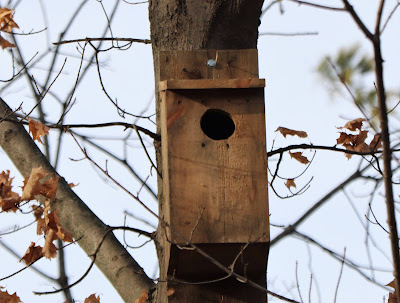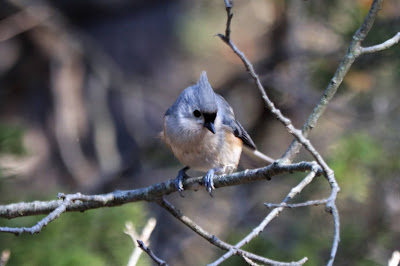Rare Birds in Lambton County:
Some rarities have found their way to Lambton County in the past few weeks. A Rufous Hummingbird, native to the west coast is feeding on private property near Watford. The above pictures were taken by Deryl. The Rufous Hummingbird is slightly larger than the Ruby-throated Hummingbird which is common in our area. Canada has 5 species of Hummingbirds and the Ruby-throated is the only hummingbird species that breeds east of the Rockies. Rufous Hummingbirds are extremely territorial at all times of year, attacking any visiting hummingbird, including much larger species. They've even been seen chasing chipmunks away from their nests! Cornel Lab, All About Birds
The Townsend Solitaire is another western species that appears to be lost! The Townsend's Solitaire is in the thrush family, which includes species such as Bluebirds and American Robins.
One study suggested the Townsend's Solitaire would need to eat between 42,000 and 84,000 juniper berries to survive the winter! Cornel Lab, All About Birds. He shouldn't have any trouble finding food this winter!
A Trumpeter Swan has been hanging around Kettle Point for approximately 3 years. These once endangered birds are impressively large, almost double the size of Tundra Swans. Males average over 26 pounds making them North America's heaviest flying bird. To get that much mass aloft, the swans need at least a 100 metre-long runway of open water. Running hard across the surface, they almost sound like galloping horses as they generate speed for take off. Cornel Lab, All About Birds.



















































